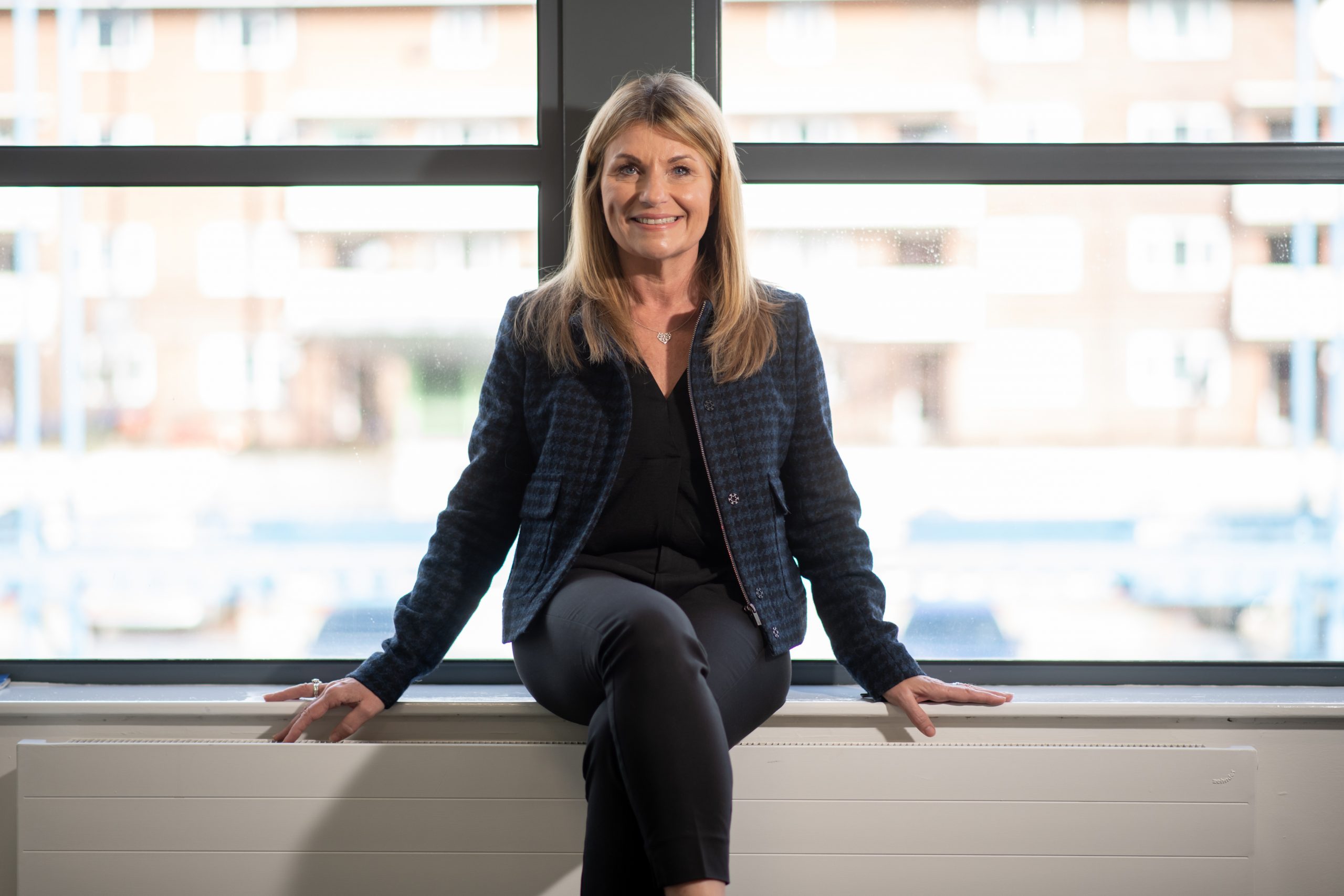Running a business can be tough.
As sure as night follows day, risk remains a relentless foe, a constant bump in the operational road map.
What, though, if there was a blueprint that existed to address such a challenge while offering the sanctuary of expert guidance?
One that acted as a metaphorical arm around organisations’ shoulders, which combed bosses’ existing and future risk concerns before untangling the knots into threads of actionable data?
Well, there is.
Now into its ninth iteration, Aon’s flagship Global Risk Management Survey does just that.
Harnessing business leaders’ thoughts against ongoing geopolitical and macroeconomic volatility, the professional services firm’s biannual report highlights the business and human threats afflicting firms across a multitude of sectors.
“We’re always trying to be on the front foot when it comes to acting on the issues keeping our clients awake at night,” says Christine Wood, who oversees Aon’s Newcastle and Stockton offices as head of North East and Cumbria.
“And the survey is a great enabler for us to do just that.
“The business world is constantly changing, so by understanding what organisations are seeing and thinking, and variations to the landscape that may raise their vulnerability, we’re able to deploy our resources and better help them mitigate risk.
“Ultimately, the survey means we’re able to stand two or three steps ahead of clients, to challenge them on issues, which ensures they’re best prepared for today’s risks and those that will come tomorrow.”
According to Aon’s latest report, those threats are headlined by cybercrime, with online fraudsters
held up as the biggest worry across both current and future operations.
And while organisations are increasingly acknowledging the dangers of being caught in hackers’ sights, Christine says businesses must match their awareness with meaningful action and, in cases, shift mindsets to cyberattacks being a physical entity, rather than a seemingly ethereal concept.
She says: “Cyberattacks are one of the biggest risks facing businesses in the UK today, with criminals becoming ever more sophisticated.
“And while increasing numbers of businesses and boards are strengthening online security – we’re receiving more requests to deliver simulation and quantification exercises, to help firms understand potential maximum losses, for example – the intangibility of an attack remains a big danger.
“If we see a building go up in flames or stand underwater, we can easily visualise the long-term effects on a business, from its immediate ability to trade to aspects such as its brand and reputation.
“It’s exactly the same with a cyberattack.
“Although you can’t see the damage in the same overt way, hackers are still able to similarly immobilise a business.
“Furthermore, although awareness is constantly rising, there remains a feeling among some businesses who often don’t recognise how digitally dependent they are.
“But if a business has data, such as employee data and invoices, then it is absolutely at risk of being targeted.”

Further current risks identified include skill shortages, which rank second, and cashflow and liquidity concerns, which are a new entry at number eight.
Christine says: “Attracting and retaining talent is a big risk for any business, and being so high on the list only reflects the difficult picture at present.
“It is very challenging for all sectors; we want the best staff, yet many businesses find it tough to pay rising salaries to attract and then retain skill.
“Without the best people, companies will find it more difficult to be as innovative as possible, which means growth is therefore more of a challenge.
“It’s a similar situation with cashflow and liquidity; rising costs of living, impacted by higher inflation and interest rates, represent a sizeable risk and bring considerable additional pressure.”
Both also feature in the survey’s future risks list, as do artificial intelligence and climate change, with Christine highlighting the latter as a salient example of the report’s proactive power.
She says: “The volatile climate can hugely affect organisations – we only need to look at the storms at the start of the year.
“And with exceptional weather events becoming increasingly frequent, they are a risk we must consider more.”
“That is where the survey – and our support – comes in,” adds Christine.
“By understanding businesses and changing concerns, we’re able to connect, through our North East client service teams, to a vast pool of experts covering multiple sectors.
“Ultimately, we’re acting as clients’ eyes and ears in the marketplace, giving them the best possible advice and helping them make more informed decisions about risk in increasingly volatile times.”
@Aon_UK
March 6, 2024
- Promoted

